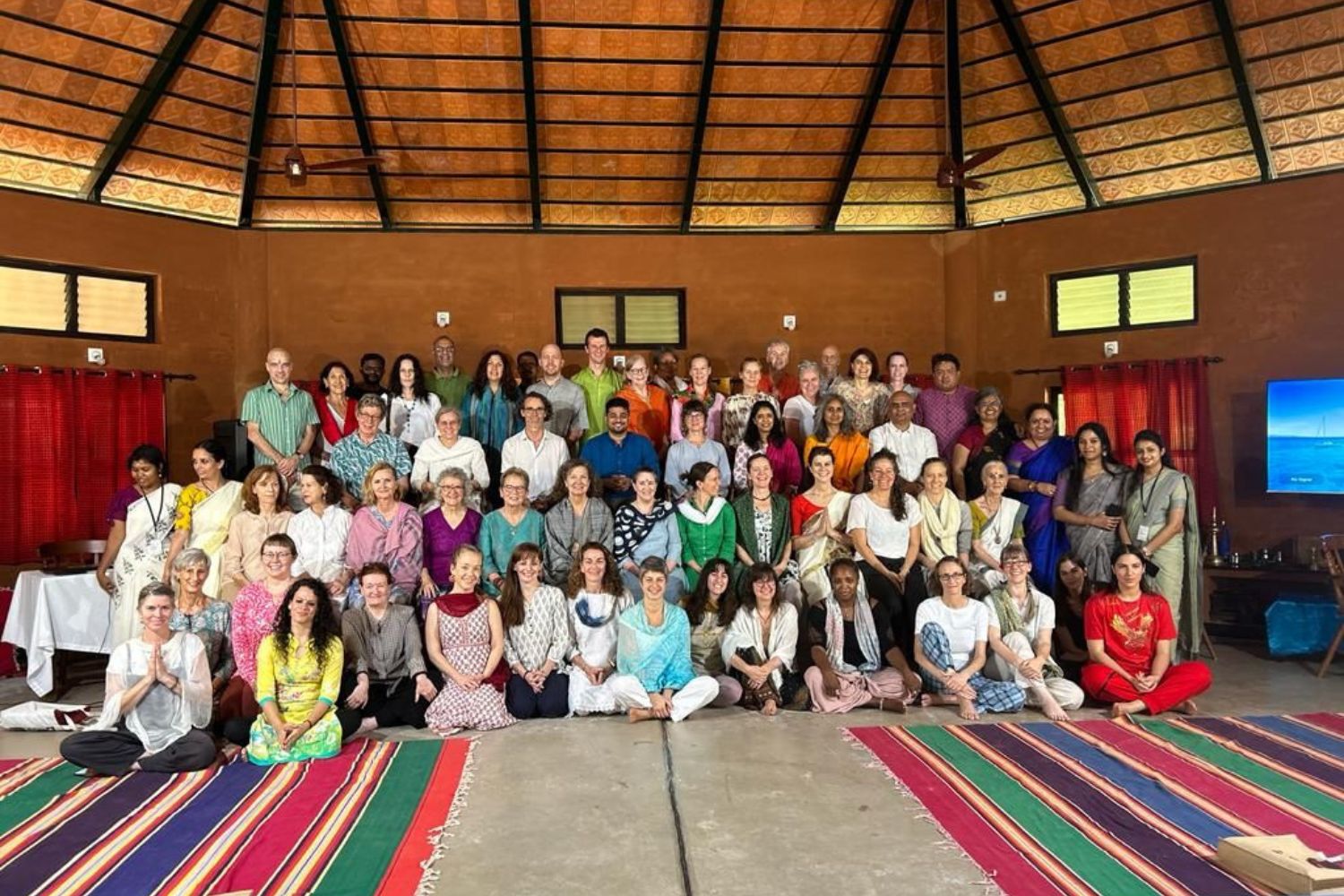The 6 vedāṅgas
Literally, “the limbs of the vedas”, the six vedāṅgas constitute six of the 14 vidyās. Underscoring the importance of Sanskrit, we see four of the six vedāṅgas relate to Sanskrit:
śikṣā –relates to proper pronunciation of Sanskrit, to ensure correct recitation of the Vedas. For a discussion of Vedic recitation, please listen to sessions 7 & 8 of Vedic Threads.
chandas –relates to poetic metre, also to assure the correct recitation of the Vedas.
vyākaraṇa –relates to proper grammar to assure correct understanding of the Vedas; includes the famous work, Aṣṭādhyāyī of Panini. (5th-6th century BCE).
nirukta– explanation of difficult Vedic words; also to ensure correct understanding of the Vedas.
jyotiṣa– includes astrology, palmistry, omenology, etc.; to ensure correct implementation of Vedic ritual, as well as support harmonious life.
kalpa –describes proper ritual procedures; also to ensure correct implementation of Vedic ritual.
Regarding the importance of Sanskrit, much knowledge has been passed through millennia via oral transmission–especially before paper was widely available but, when written, Sanskrit has been the main language through which Vedic knowledge has been transmitted.
Ideas have been condensed into Sanksrit, “threads” (sūtras) from which the tapestry of a subject can be learned. Learning sūtras has been the standard way of organizing knowledge in India for several thousand years. All of the classical texts of the 14 vidyās are composed in Sanskrit.
Resources & courses:
https://www.vedastudies.com/ is an excellent resource for learning śikṣā, with Shantala Sriramaiah.
A note about Sanskrit and Transliteration in Satsangam:
Here is a key to correct transliteration and to help with pronunciation.
Saṃskṛta or samskṛta means “well-constructed”. We at Satsangam do our best to honor this construction by employing accurate transliteration, using diacritical marks consistent with the International Alphabet of Sanskrit Transliteration (IAST) scheme.
A few exceptions: since, “Sanskrit” and, “Ayurveda” have been adopted into the English language, we will use these instead of their properly-transliterated forms: Saṃskṛta —or samskṛta — and, “āyurveda”. Also, the accurate transliteration of satsangam is, “satsaṅgama” but, as it is a proper name in this context, we have omitted the diacritical marks.
Pluralizing words: correctly-used Sanskrit does not use an, “s” at the end of a word to denote a plural (e.g. “Vedas”); the plural ending would be different for different words. For the sake of simplicity, we do use, “s” at the end of a word to denote plurality.



